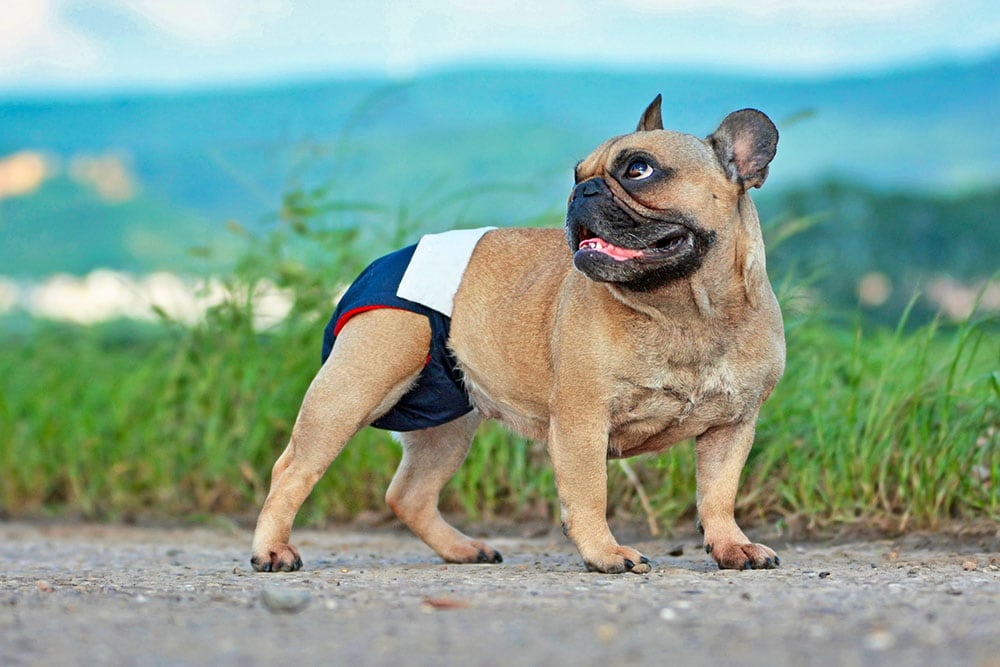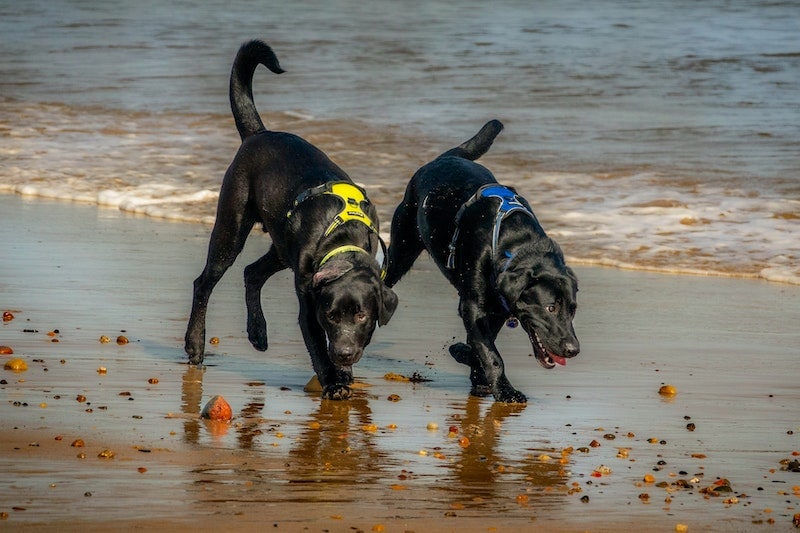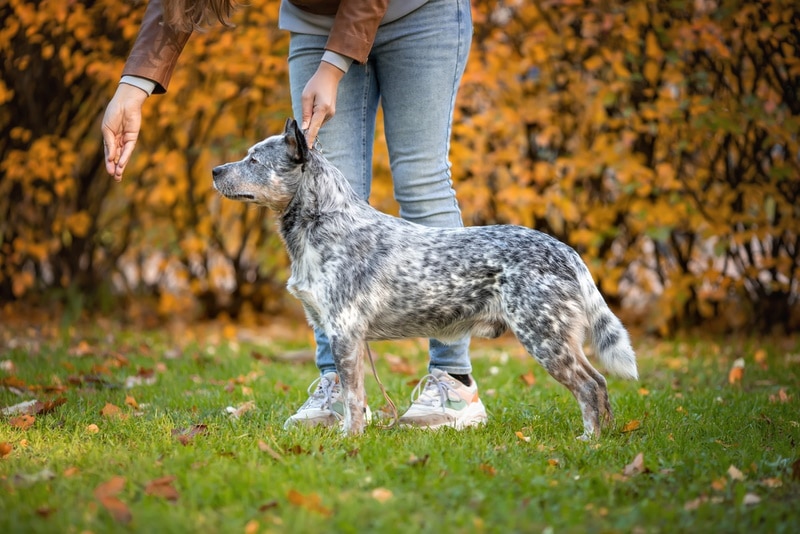Why Does Dog Pee Kill Grass? 5 Solutions & Tips

Updated on
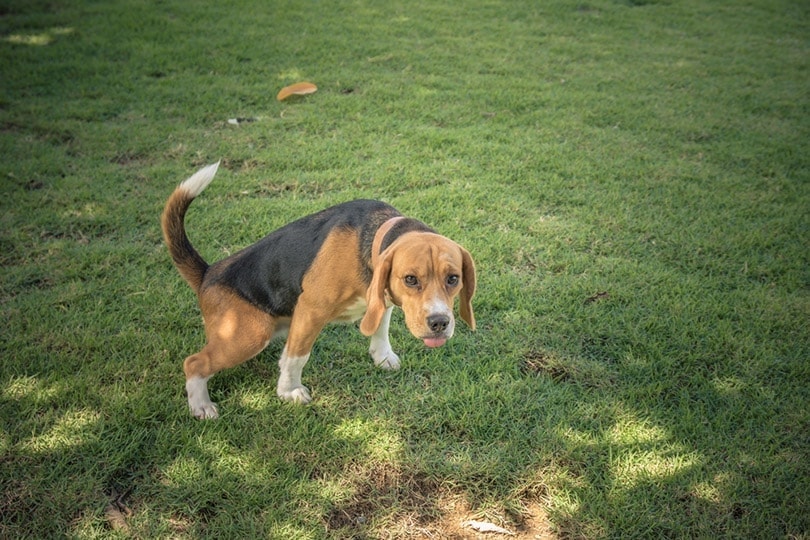
If you’ve spent time and money investing in your beautiful lawn, it can be disappointing to look out onto yellow marks and bare dirt from dog pee. Lawn stains are unsightly, but your dog needs somewhere to go, so what can you do?
Before you can fix your grass, you need to know why dog pee kills grass and what you can do to prevent it in the future. The nitrogen in dog urine breaks down into urea and ammonia, both of which kill grass. Keep reading to learn more!
Top 5 Solutions for Grass Not to Die with Dog Pee
Dog urine is filled with nitrogen compounds, which is normal to the excretion process. When those proteins break down, they produce urea and ammonia, two compounds that can wreak havoc on your lawn.
Depending on your dog’s genetics, diet, and other factors, it may produce more or less nitrogen than other dogs. Nitrogen is important for your lawn’s health, but there is such a thing as too much. High amounts of nitrogen from urine, especially concentrated in a small area, burn the grass, and cause those yellow stains.
Worse yet, the grass on the edge of the pee mark gets a smaller dose of nitrogen, making it grow healthy and strong, but making the stain more noticeable.
Here are some tips to correct urine stains and prevent urine from killing your grass:
1. Patch Your Grass
Patch kits can be used on areas that already sustained significant urine damage and restore your lawn. These kits typically include high-quality potting soil, sand, and grass seed, which you can use immediately. Just loosen the soil before applying the mixture, then water it. New grass is more vulnerable to the effects of nitrogen, so you may wish to deter your pet from peeing on your fresh grass areas until they’re stronger and well established.
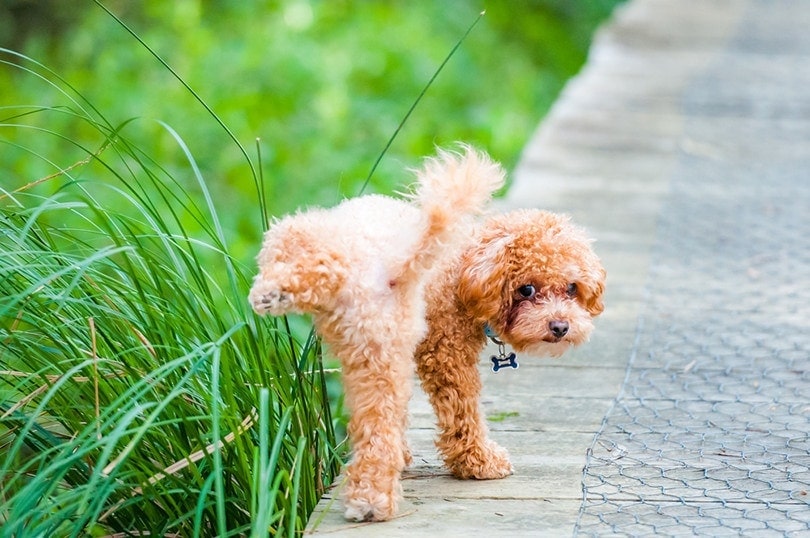
2. Improve Your Dog’s Diet
Diet is a big factor in the nitrogen in your dog’s urine. High-protein diets can contribute to higher levels of nitrogen compounds excreted in the urine, but of course, your dog needs adequate protein for its health. It’s important to find the right balance and choose high-quality, lower-processed animal proteins, which have fewer byproducts than low-quality protein. Be sure to discuss your dog’s diet with your vet, especially if your dog has an underlying health condition.
3. Hydration
Hydration is important for your pet’s health, but it also impacts your lawn. Dark or deep yellow urine is a sign of dehydration, and since it’s more concentrated, it has a higher amount of nitrogen. If you suspect this is the case with your dog, consider adding wet or moist food to your dog’s diet and consult with your vet about its water intake. Better hydration is vital to optimal health and has the added benefit of more dilute urine, which is better for your lawn.
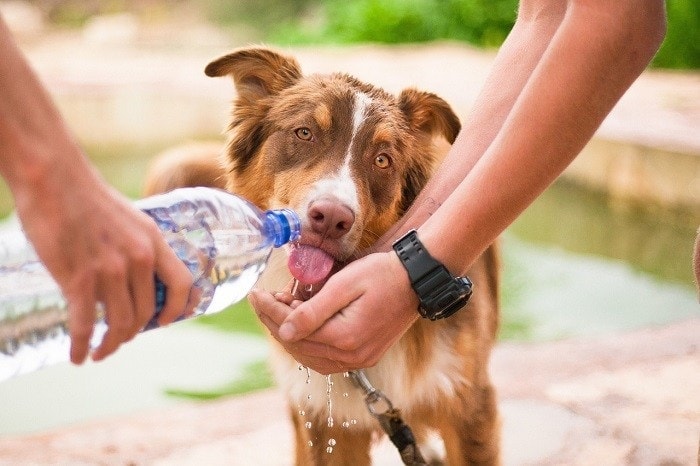
4. Dilute the Urine
Diluting the urine in your yard can reduce the damage to your grass and limit its burning effect. Right after your dog pees, use a pitcher with water or the hose to rinse the area thoroughly. You must do it quickly, however, since the urine’s burning effect happens fast. Though this is time consuming, it can be effective for preventing more urine stains.
5. Designate a Pee Area
You can protect your lawn by designating a pee area for your dog. Though it takes some work to retrain your dog to go in a specific spot, you have a smaller spot of lawn to manage. If you wish, replace the grass in this area with sand, turf, or gravel, so you won’t need to worry about burning grass. This is especially helpful with female dogs, who tend to pee in larger puddles than males.
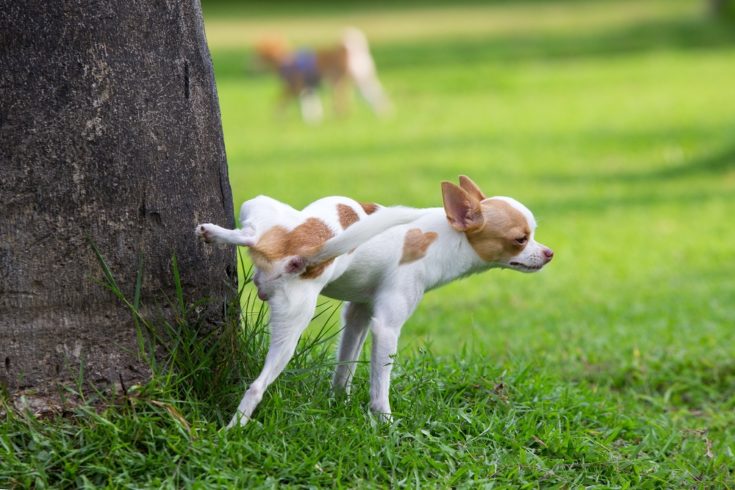
A Note About Grass Supplements for Dogs
You can find a variety of supplements for dogs that are purported to prevent urine stains and protect your grass. These are not only scientifically unproven, but there’s no guarantee that they’re safe for your dog. It’s best to try more natural methods of protecting your lawn, such as hydrating your dog better or treating urine stains. If you’re considering a grass supplement for your dog, consult with your vet to ensure it won’t have any adverse effects.
Conclusion
Dog urine stains can ruin a beautiful lawn quickly, especially if you have multiple dogs. You have plenty of options for how to treat and prevent grass stains and burns from dog pee, from addressing your dog’s diet and hydration to diluting urine with water. Though caring for your lawn takes a little work, you can keep both your lawn and your dog happy.
See also:
Featured Image Credit: kolokoso, Shutterstock



